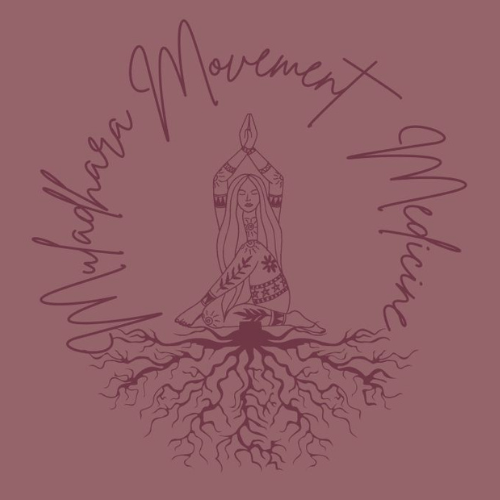April is the perfect time for spring cleaning, not just for your home but you body!
All day long we expose our body to things we shouldn't eat, shouldn't breathe and, I am always guilty of, laziness we just don't need. So, with stagnant bodies and and toxins building it's time we clean house, from head to toe.
Detoxing your body with diet, exercise and body work has countless benefits.
Cleaning up your eating, and even taking a few days of juicing (check out our Instagram or Facebook to see updates on Laura's and Danielle's cleanse) is a great way to start cleaning out your internal closets. This can help flush out your gastrointestinal or GI tract allowing this tissue in your body to reset and heal. Sometimes even curing digestion issues you may suffer with. Clearing out the colon also has remarkable impact on our skin. Which is why often just cleaning up your eating can start clearing up your skin. Anything from rashes to acne to sensitivities to bumpy or prickliness.
Another great tool for cleaning up is movement or exercise. One of our main body systems for detox is out lymphatic system. But unlike our cardiovascular system there is no automatic pump (heart in CV) to keep the fluid moving. And this is where our muscles are super helpful. Every time we contract the muscle in our arms, legs and torso we act like a pump moving the fluid through the lymphatic system so toxins throughout our body can get flushed out. Even simply deep belly breath or yoga breath help this flow and helps us detoxify ourselves.
For the trifecta of detox add body work. This can be by coming to The Wellness Nook for one of our many detoxifying treatments or doing body work on yourself at home. Two great things I do when spring cleaning comes along is abdominal massage and dry brushing. By massaging your abdomen in a clockwise motion you stimulate the smooth muscle in your colon. This helps aid your GI track in expelling out everything you don't need. Body brushing or dry brushing does so many wonderful things for your skin. It exfoliates, removing unnecessary dead skin cells, stimulates sebaceous glands allowing natural hydration of your skin and promotes collagen production. But on top of all of that it also stimulates your lymphatic system which as we mentioned earlier is key for detox.













